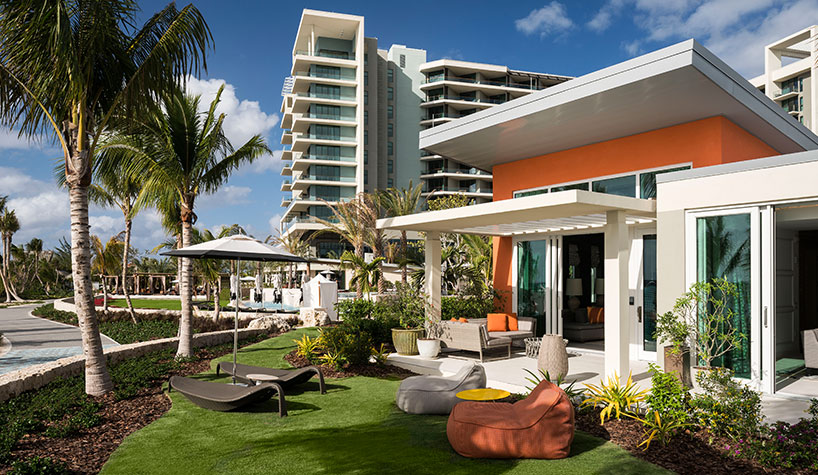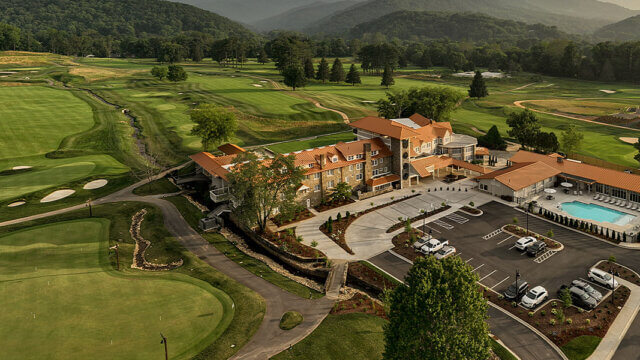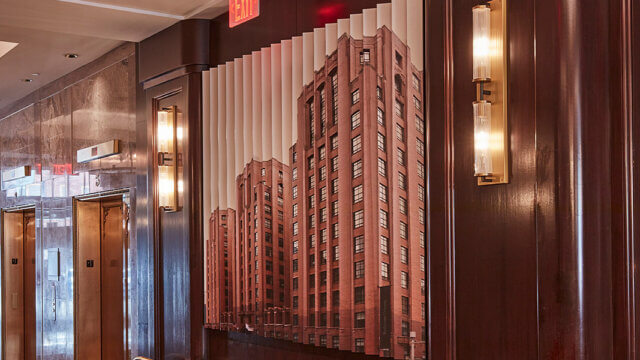FORT LAUDERDALE, FL—Hurricanes can cause catastrophic damage. Do you know how to make a hotel’s infrastructure more storm resilient?
Planning, landscape architecture and urban design firm EDSA has been working with hospitality clients around the globe since the 1960s, and its mission remains the same—to ensure people thrive in beautiful, functional surroundings by delivering quality-designed projects.
Based here in South Florida, EDSA sees hoteliers facing climate-induced issues that were not a concern just a decade ago.
“Sea level rise is a fact; therefore, new codes are in place to address lifting equipment above storm event flood levels,” said Doug Smith, president and principal, EDSA. “Hoteliers are now also embracing green infrastructure solutions to mitigate storm surge, primarily through the enhancement or creation of primary coastal dune systems. The simple matter of more stringent coastal setbacks and no-build zones is also slowly being addressed, but these measures will be slower to enact as cities deal with private property rights.”
More and more, Smith explained, there is a direct correlation between capital expenditures related to resilient design and the ability of a resort development to recover with minimal time and expense.
“In the tropics, the extreme forces related to hurricane events generally represent a ‘worst case’ scenario of weather conditions. Resilient design strategies strive to address these forces that can cause damage by wind, rain, tornadoes and storm surge,” he said. “Ultimately, storm severity influences the degree to which resilient design practices are effective. More and more, there is a direct correlation between capital expenditures related to resilient design and the ability of a resort development to recover with minimal time and expense.”
So, how can hoteliers make ensure the property’s infrastructure is storm-resilient and sustainable? Smith noted that when designing resilient and sustainable properties, hoteliers and their design teams must create outdoor environments that withstand strong storms and sea level rises.
“We start first with conceiving a site plan that respects the natural protection systems of coastal sites, namely the primary dune systems. These dunes are crucial in that they will serve to dissipate wave energy from storm surge, and they also help to stabilize beaches and associated coastal vegetation,” he said.
“In terms of detailed design, we specify landscape and hardscape materials that can better withstand not only the everyday corrosive nature of a coastal environment, but also have a better chance to survive the destructive forces of a tropical storm or hurricane. Other considerations include advanced water use strategies and retooling of buildings to improve water storage, in addition to repowering with natural gas and underground utilities.
“We strive to provide aesthetically pleasing elements such as stone garden walls on ground-floor guestrooms that are functional for guest privacy and protect low-lying buildings from storm surges,” he said.
EDSA worked on a project with the Ritz Carlton-Club in St. Thomas, Virgin Islands, in which the team created a design that more appropriately responds to context, climate, culture and community. “EDSA utilized storm-resilient landscape materials, planned for surge zones and rising tides—all with an aesthetic consideration for the uniqueness of the site,” he said. “The firm is also working on redevelopment of the central administration facilities in Kingston, Jamaica, through a series of corridor improvements and urban core enhancements. The design creates a functional environment to encourage public-private partnerships and support construction of underutilized and vacant sites.”
Climate change could have an impact on how landscape architects approach the master planning and urban design of hotels. In response, landscape architects are adopting more sound practices in both site planning and site-specific design, noted Smith.
“Coastal setbacks are more stringently adhered to, as is conservation of naturally occurring vegetation that protects against coastal erosion, such as Mangroves and various types of dune plants,” he said. “Analysis of sea level rise and storm surge now enters the design discussion, and many developers are modifying floor elevations as a result. Of course, such moves impact development costs, as well as insurance coverages.”


